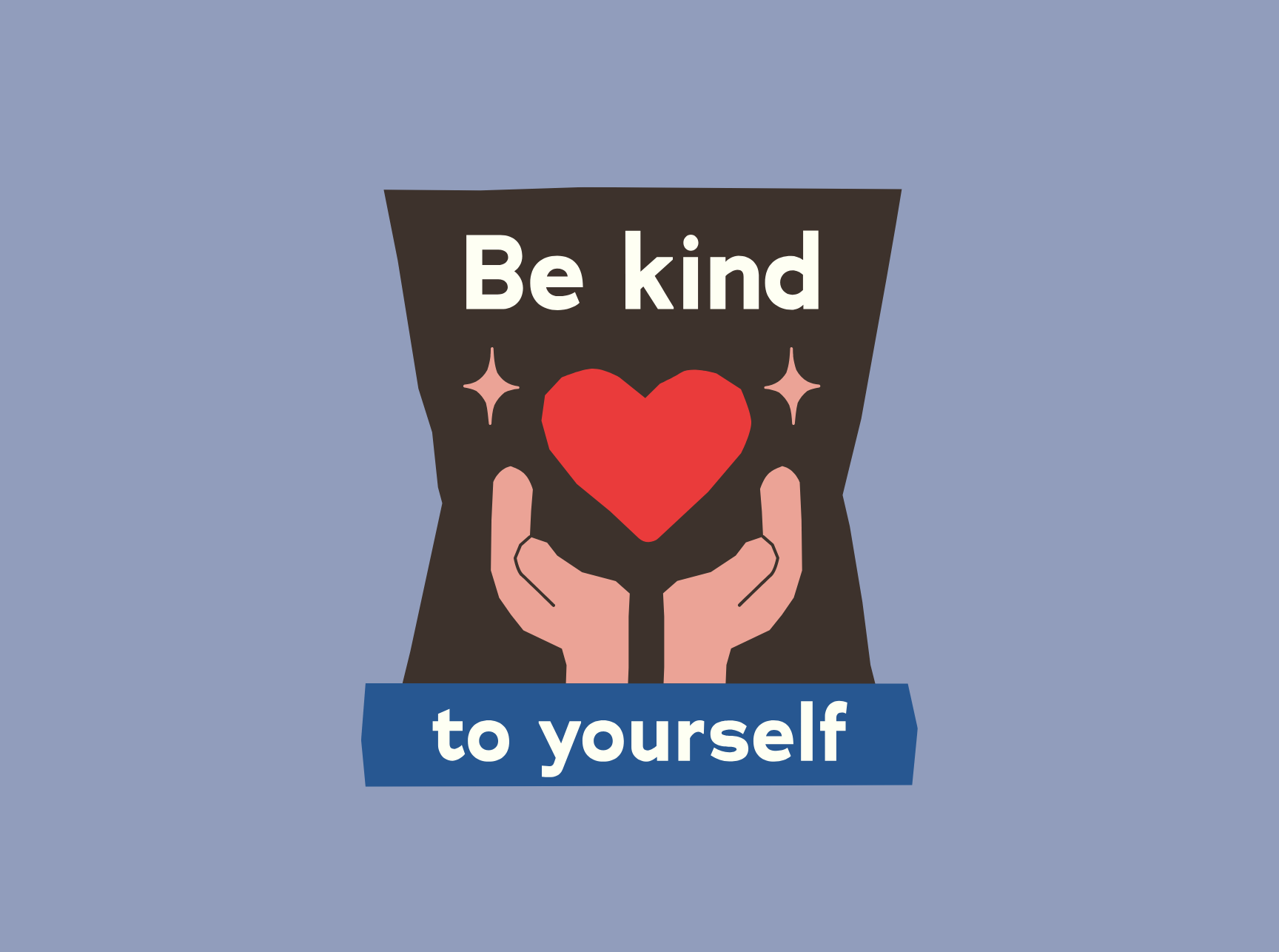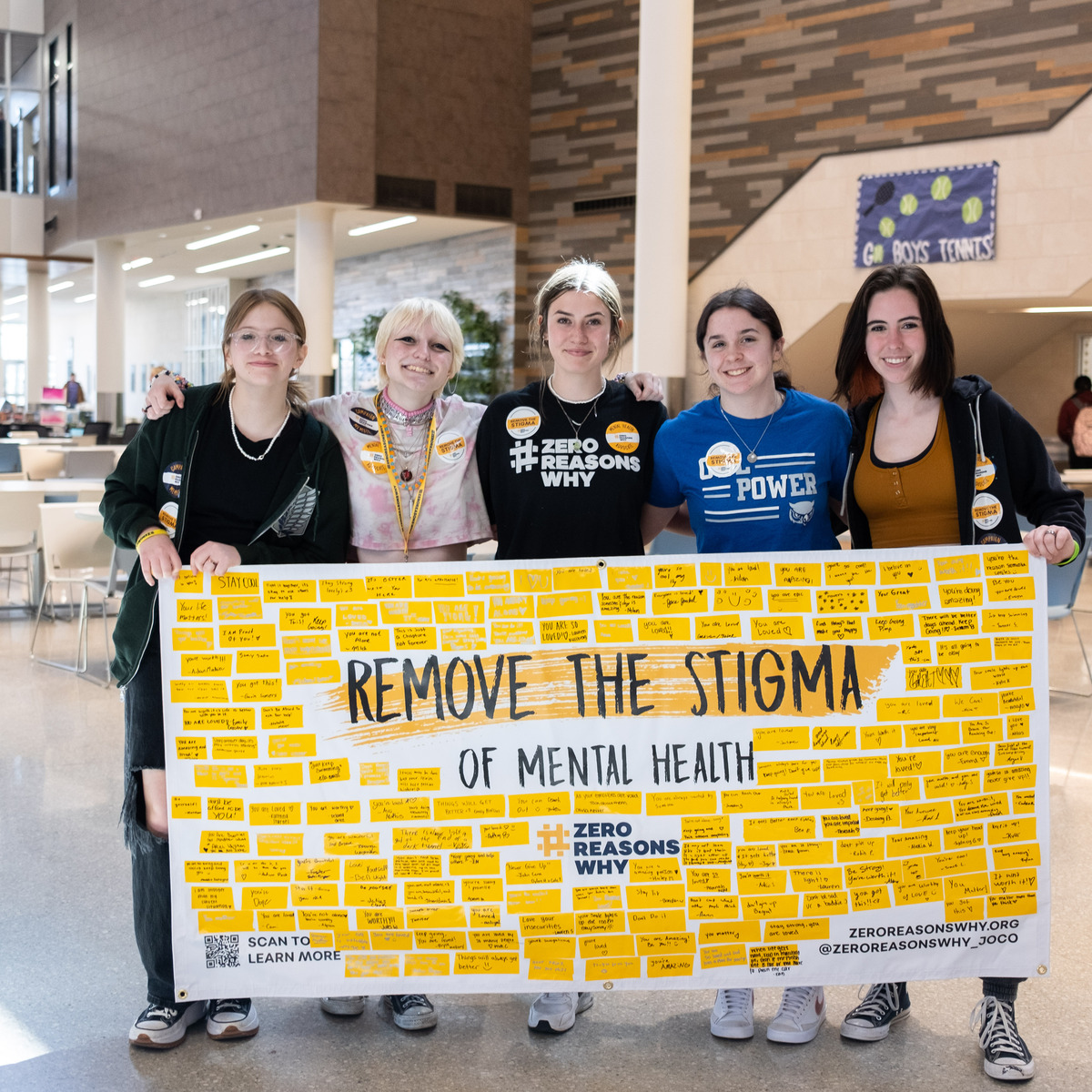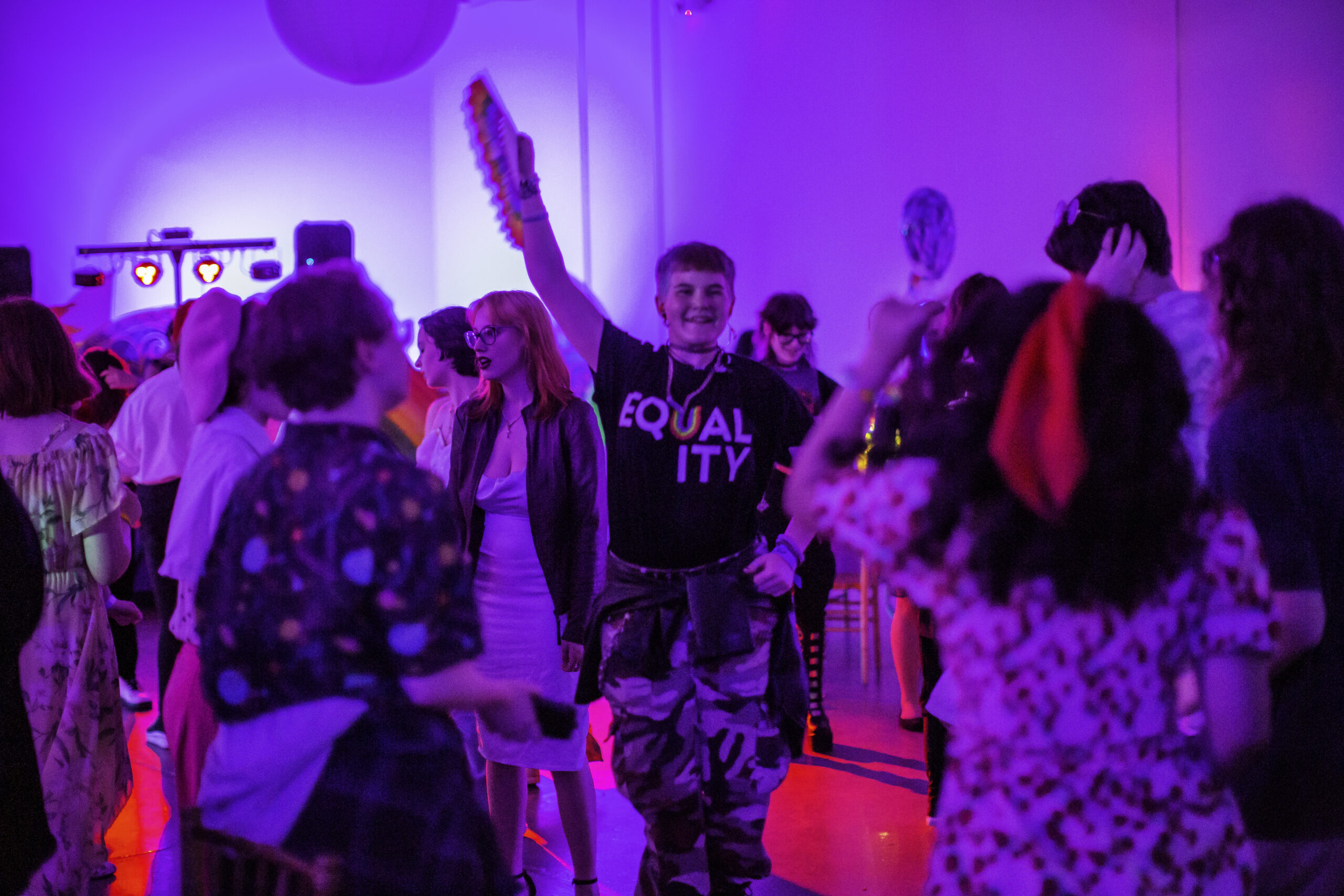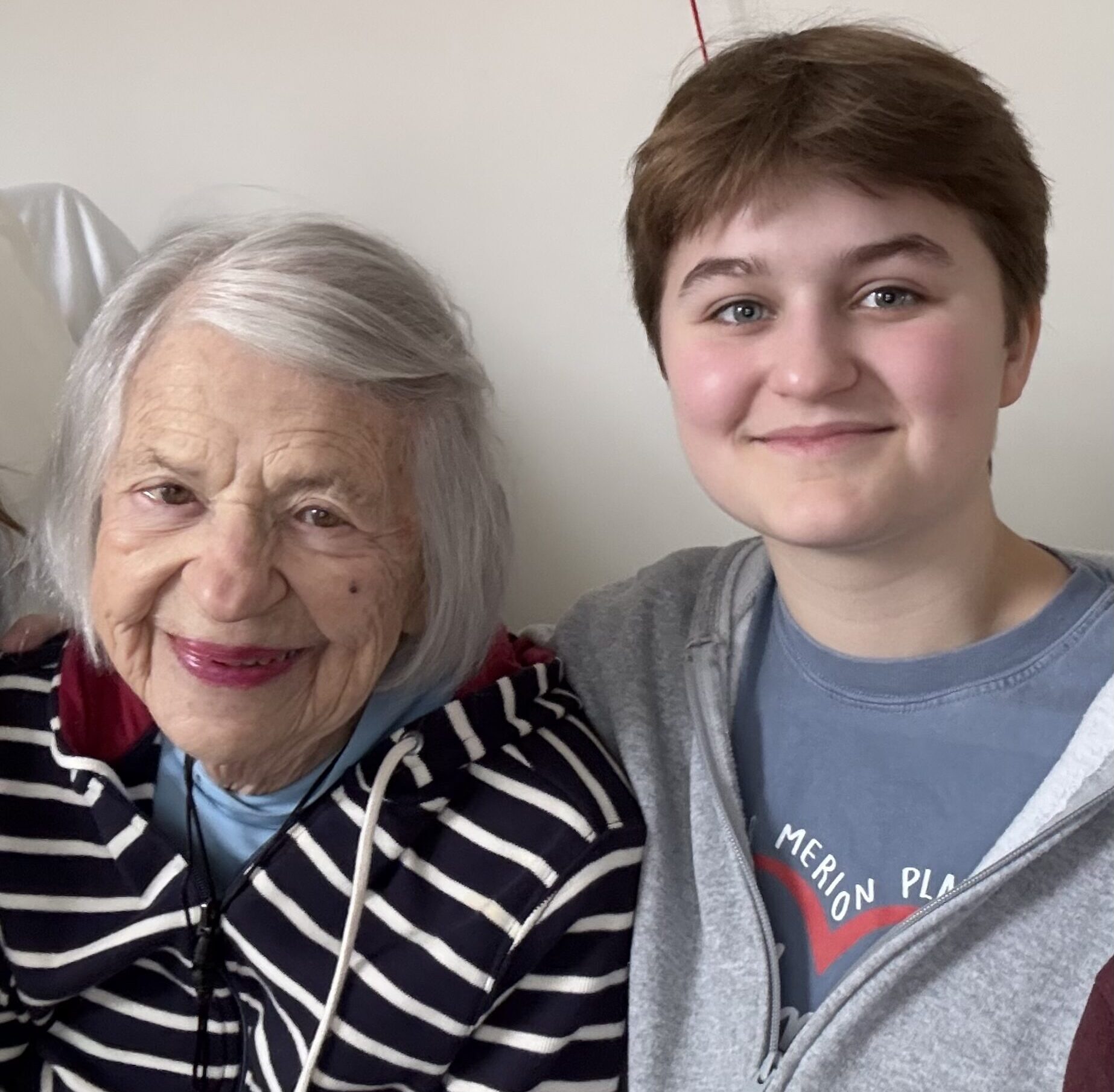When high schoolers Hector Velasquez and Julissa Salas entered Margaret’s Place for the first time, all they wanted was someone to listen. They yearned for an opportunity to connect with their peers on a deeper level.
As a freshman at the Brooklyn Academy of Science and the Environment, Hector remembered stumbling upon an intriguing room filled with artwork, an array of lights, decorative pillows, couches, and board games. Julissa was new to her high school. Without a familiar face, she walked into Margaret’s Place for the first time.
“We just sat down and we were playing a game of Uno,” she said. “I ended up meeting a lot of the friends that I’m still friends with today.”
The Safe at Home Foundation, a nonprofit organization founded in 2002 by baseball executive Joe Torre and his wife Ali, established Margaret’s Place. The program, stationed at 15 middle and high schools across the country, encourages students who grow up with violence and trauma in the home to seek support from counselors, build solidarity among peers, and in turn, cultivate new bonds. After growing up in a home with an abusive father, Joe founded Safe at Home as a way to help the youth combat the repercussions of domestic violence.
Named after Joe’s mother, Margaret’s Place aims to prevent young people from hiding.
“I think our preventive work focuses on youth experience and youth voice,” said Jenny Herbert, the organization’s Director of Clinical Services. “We have a peer leadership program. Most of the work that comes out of the peer leadership program is decided upon by young people and is about things that matter to young people.”
Once a peer leader and now a senior alumni coordinator, Hector explained how weekly meetings and annual campaigns propel the social and emotional cognizance of young people at each Margaret’s Place. The discussions range and aren’t limited to issues regarding human trafficking and cyber abuse.
The students contribute to campaigns on topics such as domestic violence awareness by fundraising and painting murals in the school hallways. The goal is to continue the conversation outside of the weekly discussions and to educate the school community.
“We find different ways to get involved and fight for what’s right,” Hector said.
The purpose of Margaret’s Place is not only to learn and spread knowledge and compassion between a small group and a school community, but the program also emboldens students to practice self-love and internal gratitude. They gain confidence and receive specialized attention from counselors hired by the foundation.
“Every time you would walk in, you would see so many warm faces,” Julissa said. “It’s almost like you are speaking into an actual journal. And it feels like whatever is being said is actually being listened to. You are getting an actual person understanding what’s happening.”
In addition to engaging with young people at each Margaret’s Place, the Safe at Home Foundation has taken pride in distributing its message outside of the classroom. Yolanda Jimenez, the foundation’s Former Executive Director (2014-2019), explained their approach to its awareness campaigns. In a series of print ads and a promotional video, viewers observe how a child’s brain is impacted by domestic violence and what behavior follows.

“It’s almost an imprint that can stay in the brain of a child,” she said. “Statistics have shown that children that witness this violence are more susceptible to either becoming perpetrators of that violence or victims of violence. Our goal at Safe at Home is to try to stop that cycle.”
The trust built between the young leaders of Margaret’s Place and its mentees assists the Safe at Home Foundation in its pursuit to break the cycle.
“It’s a different message coming from somebody’s peer than it is coming from a counselor,” art therapist Jenny Herbert said.
According to Hector, piquing a student’s interest isn’t easy. Encouraging a student to engage and open up while discussing a sensitive topic cannot be forced. He tested the waters with a workshop centered around “healthy masculinity,” which he refers to as “being the best guy that you can be.” This included teaching young men how to become advocates for women, and challenging gender stereotypes that engage teenagers.
“At the end of the workshop, the students came up to me and thanked me,” Hector said. “They were happy and confused at the same time. They were thinking about getting more involved with mental health.”
When Julissa entered Margaret’s Place, she always used art as a way to unwind and work out all of her frustrations from the week. She created a graphic novel, which depicted her battle with depression during high school and how she overcame it.
Once a student and now an Alumni Intern for the foundation, she led a workshop which educated students on depression through the lens of her story. The students read her graphic novel and she held a group Q&A. They wanted to know how Julissa persevered.
“It was really empowering to see that my story kind of spoke out to them, she said. “They were actually interested. They actually felt like they related to the story.”
Julissa desired to pay it forward to the place where she received so much.
“I often felt like I didn’t really have the strongest support system outside of school,” she said. “At Margaret’s Place, I felt like there was a very safe space for me to speak at. I had people who were willing to support me and help me through my problems.”
Hector longs for students to be the best people they can be.
“You have to treat people the way you want to be treated,” he said. “And to maybe see two, three, four years later, that a lot of students have learned from this and take this to heart, it’s heartfelt. It’s warming to me.”
At the Safe at Home Foundation’s headquarters in New York, the walls resemble its message. The plum purple color — which is the color for Domestic Violence Awareness Month — serves as a background for posters with motivational messages. “Together we are strong” and “Hope begins here” are a focal point against the purple walls.
I heard a doorbell chime during my interview with Hector. Someone wanted to get into the violet office with purple walls and old New York Yankees magazines. It was symbolic. The Safe at Home Foundation was letting someone into their home while Hector was doing the same. He was letting me in.
Learn more about the work of Safe at Home Foundation here and find out if there is a Margaret’s Place near you.




















